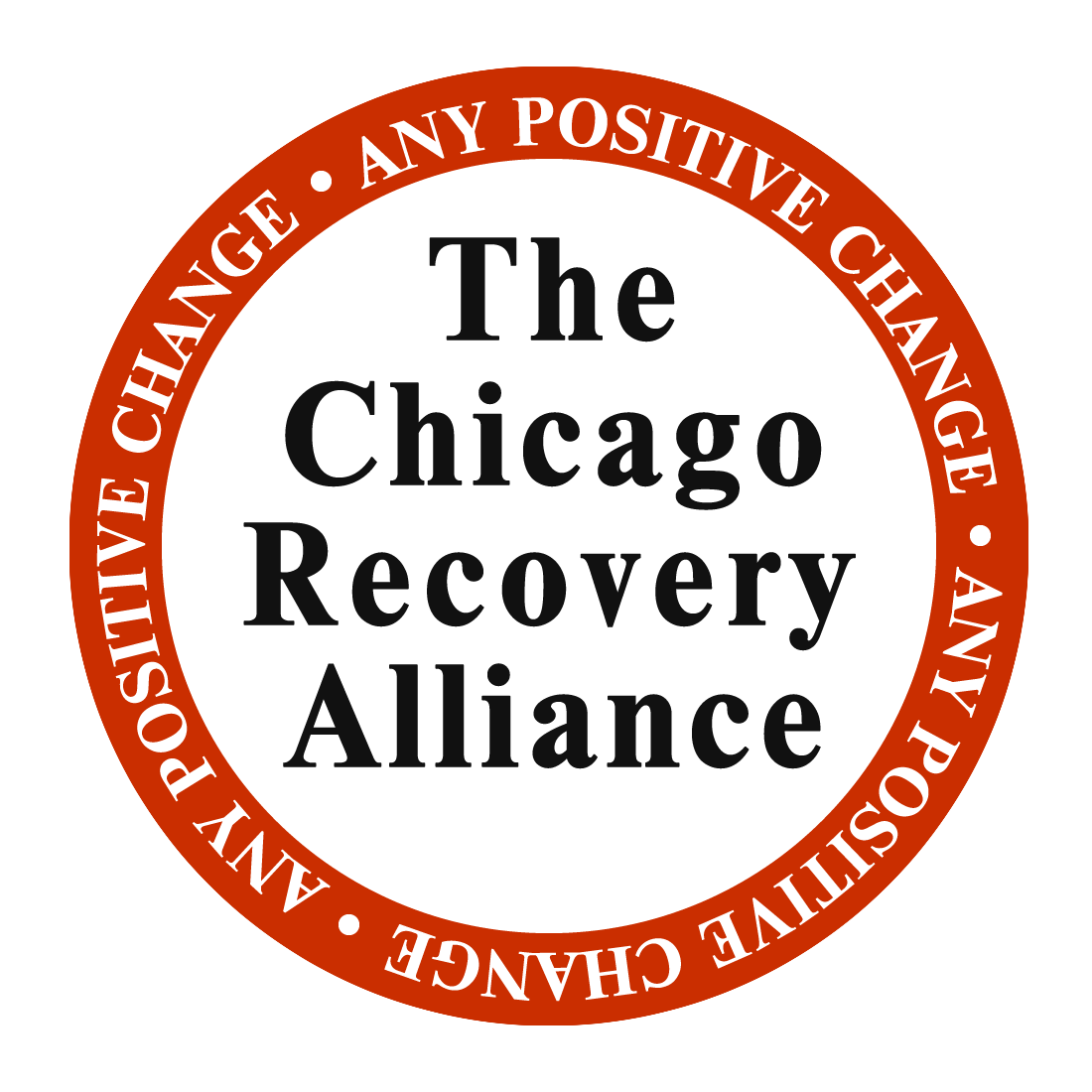A harm reduction program model offering a variety of services largely aimed at educating and aiding those who inject drugs
The Chicago Recovery Alliance (CRA) started harm reduction outreach in January of 1992 and, through collaboration with people who inject drugs, has grown to become one of the larger harm reduction programs in the world to date. CRA provides a wide array of services to people who want to reduce drug-related harm in their lives and in their communities.
Services include:
- The provision of sterile injecting equipment
- Naloxone training and distribution
- Overdose and safer drug use training
- Harm reduction counseling
- Referral to treatment
- Real-time drug checking using spectrometer machines and fentanyl test strips
These services are provided seven days a week, nearly every day of the year, at many different “brick and mortar” drop-in locations and by mobile outreach vans. CRA is staffed by a small team and is supported by volunteers.
One of CRA’s unconventional approaches has been meeting regularly with participants in what is called a Community Advisory Groups (CAG). These groups are composed of a diverse group of people injecting drugs in a geographically limited area. CRA pays participants for their expertise. CRA believes that CAGs have informed the initiation of their work, as well as providing valuable ongoing feedback. CRA offers overdose prevention and naloxone program training to individuals, educators, and agencies; they prioritize trainings that involve people who use drugs as well as staff.









